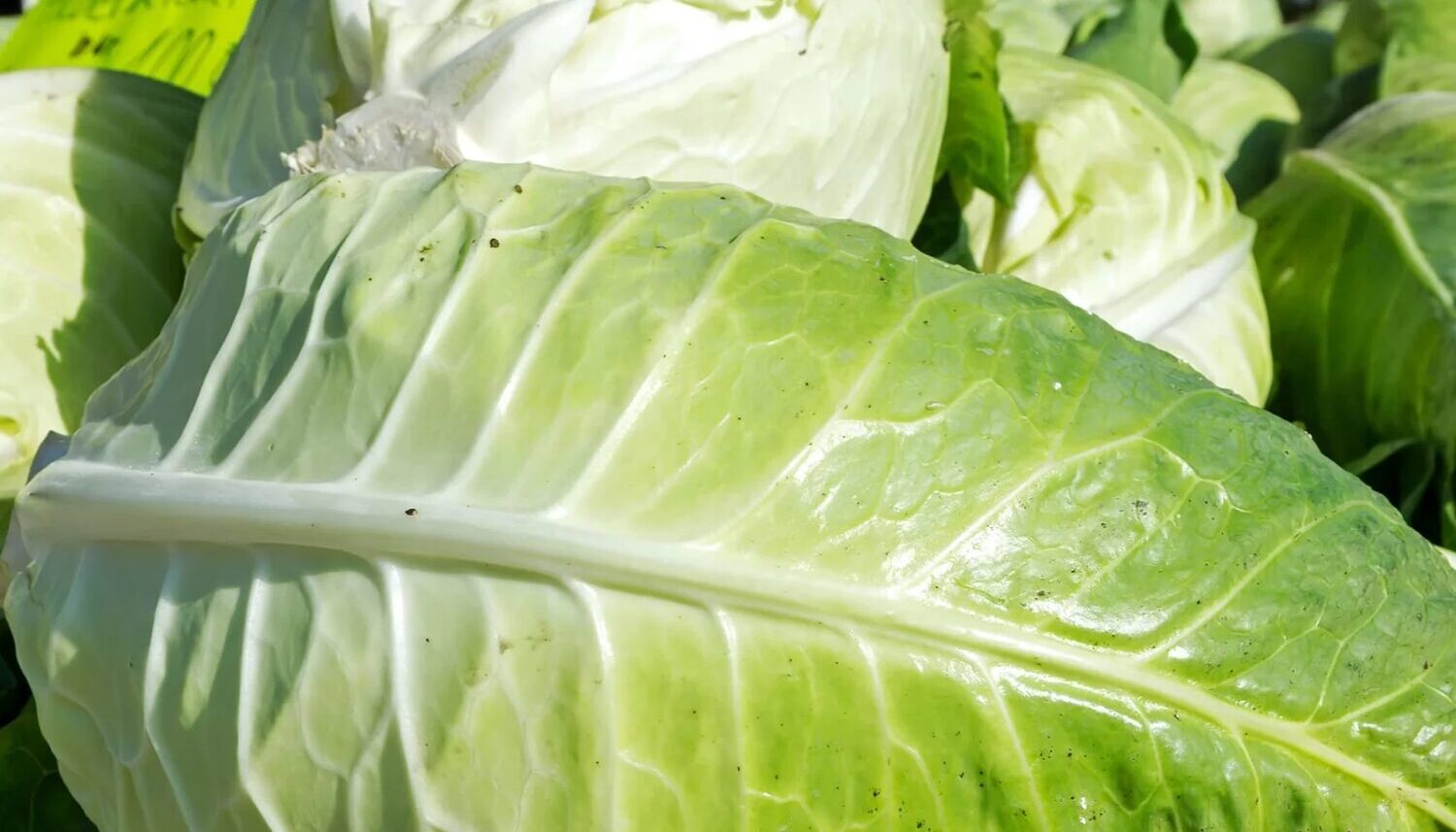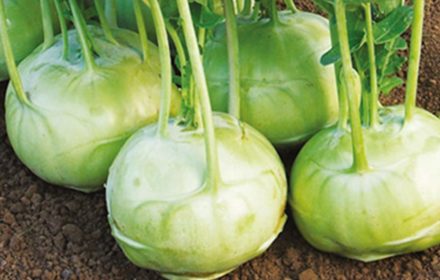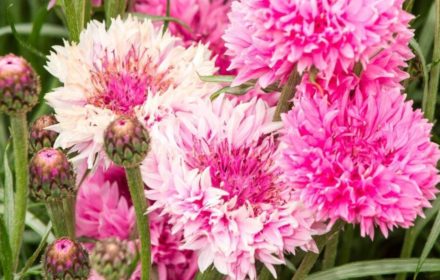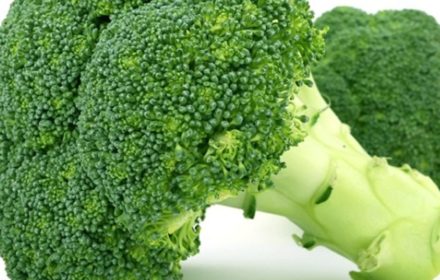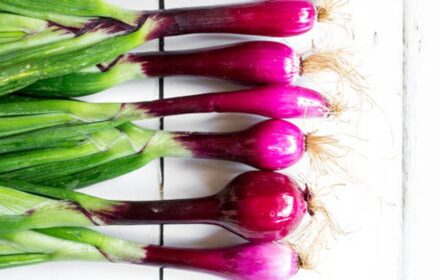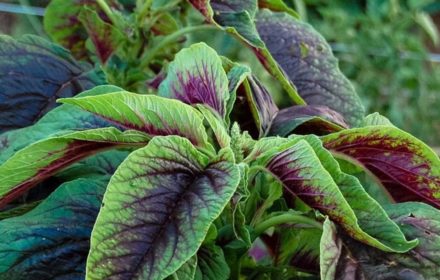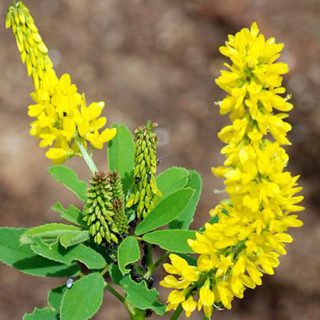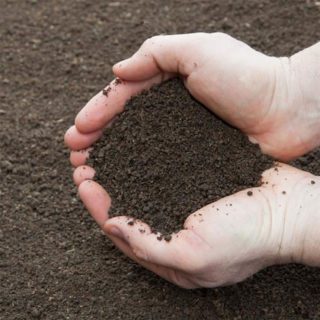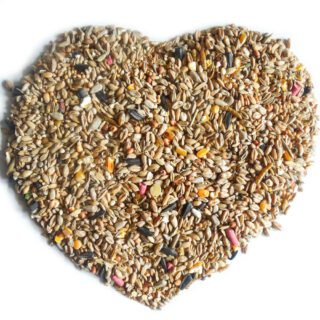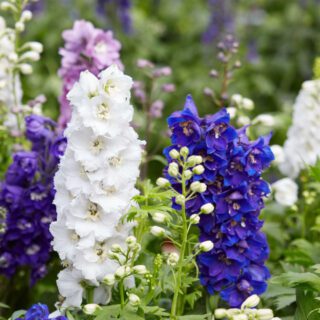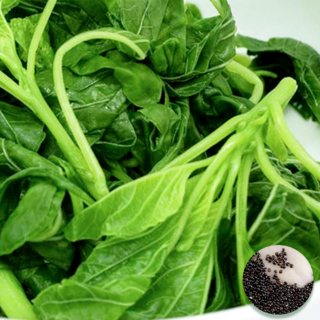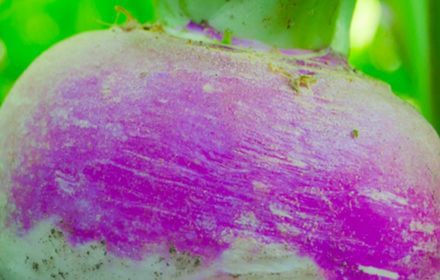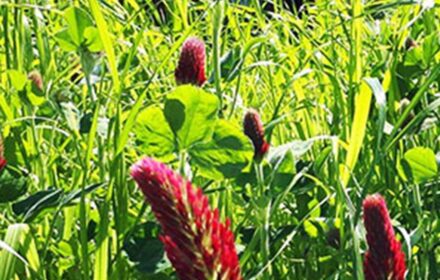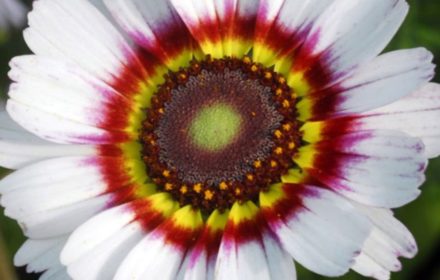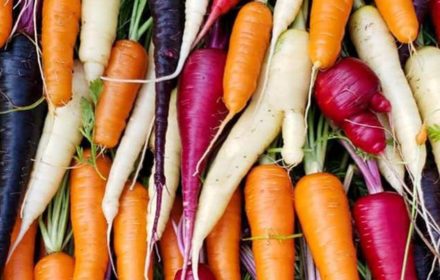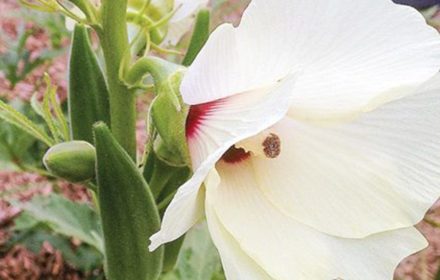Growing Durham Early Cabbage from Seeds
A hardy and reliable spring cabbage variety, for gardeners looking to harvest large, compact, dark green heads. Durham hearly cabbage seeds are well-suited for high-density planting, producing cabbages up to 2kg in weight, growing to approximately 40-50cm tall. Thriving in sunny locations and resistant to pests and varying British weather conditions, these cabbage seeds are perfect for growing in vegetable patches, allotments, greenhouses, containers, raised beds, poly tunnels, gardens, and large planters.
When to Plant Durham Early Cabbage
- Soil and Location: Choose a sunny spot for your Giant Durham Early cabbage as it grows best in full sunlight. Ensure the soil is fertile and well-drained, with a preference for locations where cabbage was not grown the year before to prevent disease carryover.
- Seed Sowing Advice: Seeds should be sown thinly in trays or directly into seed drills, placing 2-3 seeds every 12 inches at a planting depth of 1/8 inch. Ideal germination temperatures are between 15-20 degrees celsius.
- Germination: Expect cabbage seeds to germinate within 7 to 14 days. Keep the soil moist but not waterlogged during the germination period to encourage healthy seedling growth.
Outdoor Sowing in Spring
- Direct Sowing: Direct sow Giant Durham Early cabbage seeds outdoors as soon as the soil can be worked, typically 4-6 weeks before the last frost date. This timing allows cabbages to take full advantage of the cooler spring weather they favor.
- Preparation: Enrich the soil with well-rotted manure or compost to ensure rich fertility and good drainage. Rake the soil to a fine tilth before sowing.
- Sowing Technique: Sow seeds thinly, 1/8 inch deep, in rows 12-18 inches apart. Water the rows gently if the soil is dry, and keep the area moist until germination occurs. Ensure temperatures are consistently between 15-20 degrees celsius.
Outdoor Sowing in Summer
- Timing: For an autumn harvest, sow seeds directly outdoors from mid-summer, ensuring there’s enough time for cabbages to mature before the first frosts. This period typically aligns with mid-July to August.
- Watering: Summer sowings require attentive watering to ensure the soil stays moist for seed germination and seedling establishment, especially during dry spells.
Outdoor Sowing in Autumn for Overwintering
- Late Sowing: In milder regions, or with suitable protection like cloches or fleece, sowing Giant Durham Early cabbage seeds in early autumn can yield a late winter or early spring harvest.
- Protection: Provide young plants with protection from the coldest winter temperatures and pests. A layer of mulch can help to insulate the soil, and netting can deter pigeons and other wildlife.
- Rotation: Avoid planting cabbages in the same spot as previous years to reduce the risk of soil-borne diseases and pests.
- Feeding: Apply a balanced liquid fertilizer every 4-6 weeks during the growing season to support robust growth and head formation.
- Pest Control: Regularly inspect plants for signs of pests or disease and take prompt action. Companion planting with herbs or flowers can naturally deter some pests.
Maintaining & Harvesting Durham Early Cabbage Plants
- Seedling Care: When seedlings reach 1 inch in height, thin them to one plant every 12-18 inches. This spacing allows each cabbage plant enough room to grow to its full size. If starting seeds in trays, transplant the seedlings to their growing location once they are big enough to handle, maintaining the recommended spacing.
- Maintenance: Keep the area around your cabbages weed-free and provide consistent moisture throughout the growing season. Protection against pests, especially pigeons during the winter, is crucial for the health of your plants.
- Timing: Giant Durham Early cabbage is ready for harvest approximately 150 to 180 days from sowing, depending on growing conditions and desired size. For spring greens, start harvesting a few outer leaves from each plant as heads begin to develop. For mature heads, wait until when heads are firm and have reached their full size, typically 40-50cm tall and up to 2kg in weight.
- Method: Harvest cabbage heads by cutting them from the base of the plant with a sharp knife. Leave a few outer leaves to protect the head and improve storage life
- Signs of Readiness: A mature Giant Durham Early cabbage head will feel solid when squeezed gently. The leaves will be dark green, and the head will have a compact and firm texture.
- Storing: Cabbage heads can be stored in a cool, dry place for several weeks. For longer storage, wrap individual heads in plastic and keep them in the refrigerator to maintain freshness.

